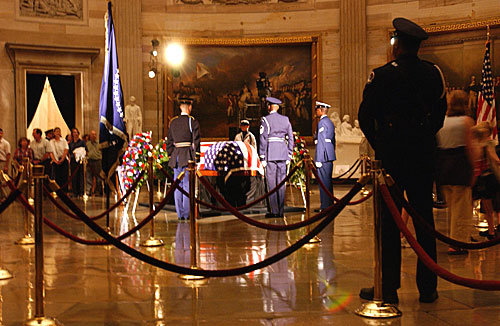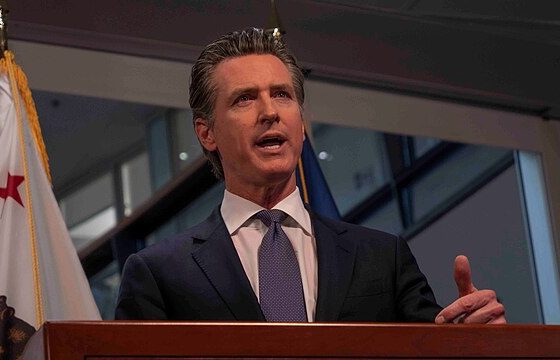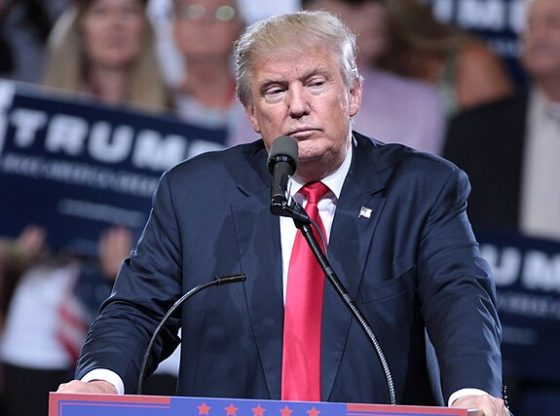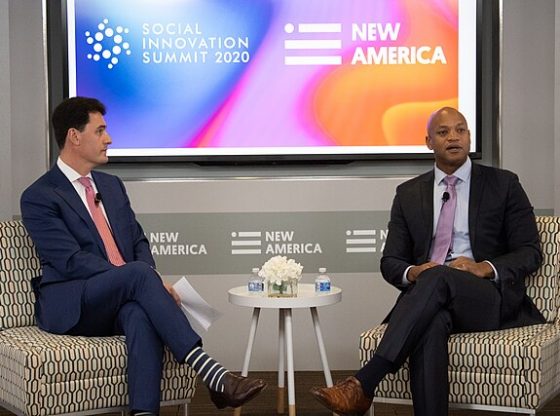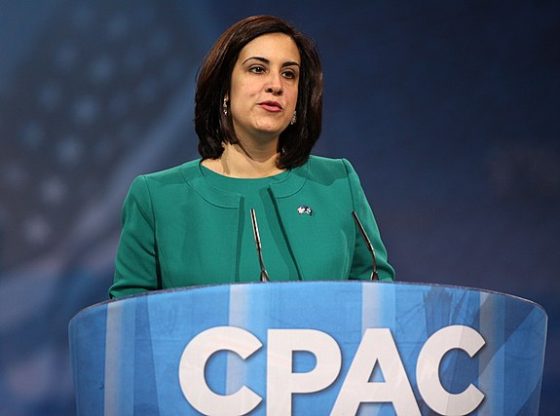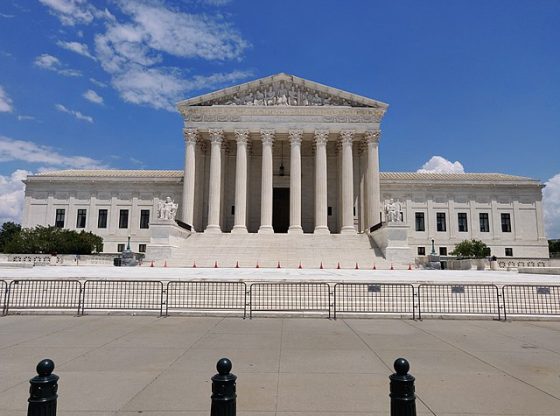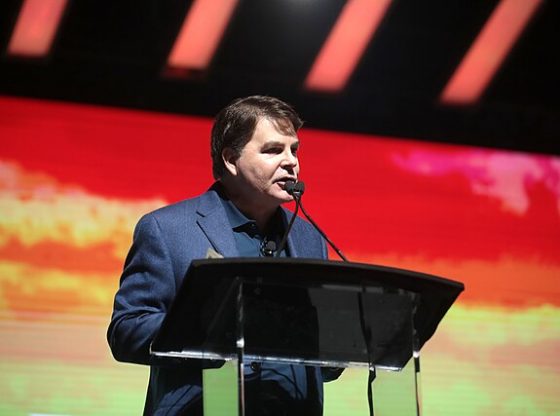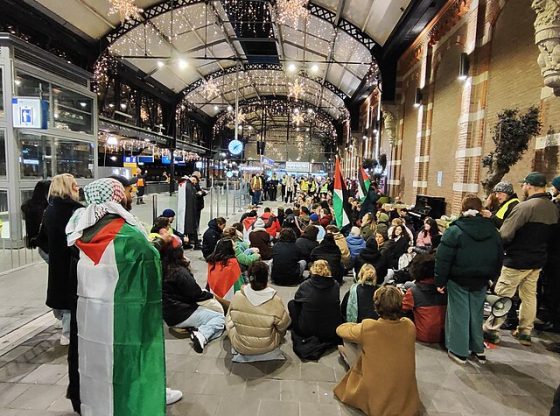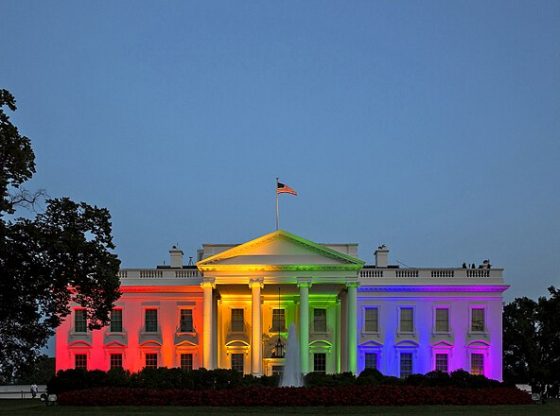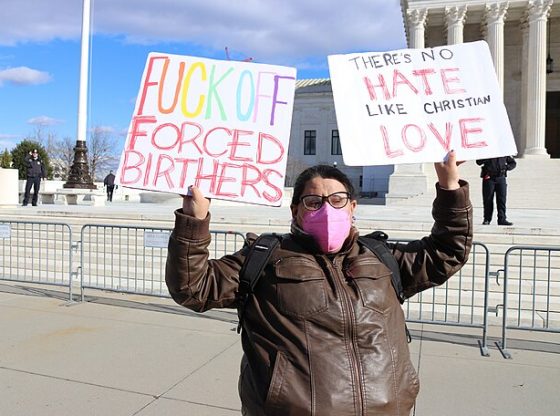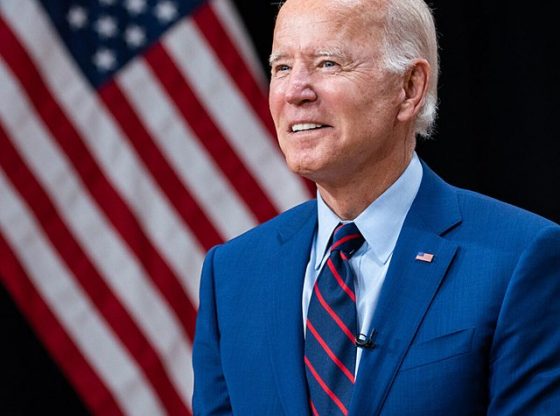This article was originally published in the Free Republic on June 17th, 2004.
Author’s note: The Internet is the most efficient means of spreading information in human history. It also is the easiest place to lose information. Articles that appear today suddenly vanish weeks, months, or years later.
Case in point: My recollections on the June 2004 evening on which several friends and I paid our final respects to President Ronald Wilson Reagan. This online piece subsequently disappeared. Here it is, once again.
WASHINGTON – Even in death, Ronald Reagan exceeded expectations.
Just as his four landslides for California’s governor’s mansion and the White House caught the so-called experts off guard, political observers were surprised by last week’s tsunami of public affection that greeted the passing of America’s 40th president. Original estimates foresaw 50,000 people visiting the Reagan Library in Simi Valley, California to say farewell to the departed chief executive. In fact, about 106,000 people showed up, some waiting 11 hours to view his casket for mere moments. Another 104,684 traveled to the U.S. Capitol Rotunda to see President Reagan lie in state. Visiting hours had to be extended at both venues.
On the streets and highways between these two spots, thousands more stood patiently to see President Reagan pass by in his hearse or on a horse-drawn caisson, all the while accompanied by Nancy, his devoted bride of 52 years, and their children and loved ones. In Wednesday’s procession to Capitol Hill, they were joined by an honor guard that reportedly included 599 uniformed service men and women, along with seven horses, dozens of police cars, and 21 F-15 fighter jets that roared overhead.
Never mind that the former president left office nearly 15 and a half years ago and has been secluded for the last 10. Americans nonetheless crowded sometimes 10 deep to play their parts before the curtain finally descended on a most remarkable American life.
And among our leaders, George W. Bush and all four living ex-presidents attended President Reagan’s funeral Friday at the National Cathedral. So did 200 senators and 870 House members of both parties, past, and present. There, too, were 25 international chiefs of state, 11 ex-leaders, and 180 ambassadors and foreign ministers, the New York Post reported.
Huge numbers of Americans witnessed all this via the four broadcast networks and the all-news cable channels. Nielsen Media Research reports that a combined 20.8 million viewers saw Friday morning’s last rites while 35.1 million watched President Reagan’s sunset burial from California that evening. By comparison, Nielsen’s number-one prime-time program last week was Game Four of the NBA Championships. It drew 20.3 million viewers, 500,000 fewer than did the National Cathedral ceremony.
This was Ronald Reagan’s final landslide.
I was honored to be among those who paid their last respects to President Reagan at the U.S. Capitol. Last Thursday night, I joined four friends, two of whom were active in the Reagan Revolution, and two others who were too young to have participated, but grew to admire President Reagan, his philosophy, and accomplishments.
We arrived at the Smithsonian’s Air and Space Museum, hearing that that was where the line then ended. We followed it for perhaps two blocks, then reached the corner of Independence Avenue, SW and 7th Street. The latter separates Air and Space from the Hirschorn Gallery. We began advancing, slowly but steadily. It was 11:10 p.m.
After making a right and moving east along Jefferson Drive, SW (a small street that abuts the Mall), we made our first U-turn. After going west again, we approached a point where it seemed we would turn east and head straight toward the Capitol.
Wrong.
Ushered west, we found what resembled a crowd scene from Troy, only with modern clothing and without swords. Thousands and thousands stood before us as far as our eyes could see.
“Oh, my God!” people in the vicinity gasped, suddenly grasping that we would be there for a long while.
After walking west between two rope dividers for another block or two, we then turned around and moved east the same distance between another pair of ropes. Then west. Then east. Then west. And so on. And so on. And so on. And so on.
Returning near Jefferson Drive and 7th Street, where we had stood perhaps an hour earlier, we asked a uniformed officer, “How much longer?”
“About six hours from here,” he replied matter-of-factly.
We now entered another group of roped-off rows that ran east-west. We traversed these for hours, advancing a little bit at a time, but always with enough momentum to stay motivated.
Glimpses of the U.S. Capitol were encouraging. On that fairly dry and comfortable night – – with temperatures in the mid-70s and a light breeze caressing the leaves above our heads – – the Capitol at a distance resembled President Reagan’s oft-mentioned shining city on a hill. Its dome was brightly lit, as usual. In addition, the lamps were on in many of the Capitol building’s offices. This produced a soothing, golden glow, as if the late president’s legendary warmth beckoned us from within.
As for the crowd, its collective mood combined the solemnity of the occasion that convened us along with a positive sense that we all were sharing an unusual and special experience, and were fortunate to do so. A few people wore shirts that read “In Memory of Ronald Reagan” with his smiling face inside a red border. Another man who pushed a woman’s wheelchair wore a Reagan-Bush ’84 T-shirt that was in immaculate condition, even if he outgrew it years ago.
Three young women walked among the countless rope lines, each with a plastic water bottle balanced on her head. They may not have arrived with excellent posture, but certainly left with it.
Their water most likely was given to them by the Red Cross. At numerous spots along the way, the relief group did a fine job of handing free bottles of water to anyone who wanted them. Red Cross volunteers did this patiently and with smiles on their faces.
While one young man proceeded on crutches, another absorbed an American history book with a small, battery-powered reading light attached to its pages. Others succumbed, at least briefly, to the challenges of standing and walking for hours upon hours. They sat down on the grass or napped under trees. Zigging and zagging among the rope lines sometimes became dizzying. By about 3:00 or 4:00 a.m. one’s head spun easily with a sort of giddy weariness.
This disorienting series of pedestrian advances and reversals added a hint of personal sacrifice to the occasion, as if we all were on a pilgrimage that asked something from each of us.
So, move ahead we did.
By about 4:30 a.m., the skies started to turn from black to navy blue. We emerged from under the trees along Jefferson Drive to skirt the Reflecting Pool at the foot of Capitol Hill.
We wound our way past the statue of Ulysses S. Grant, beyond a spot where cameras and recording devices were surrendered, and finally up Capitol Hill’s comparatively steep terrain.
After we passed through a bank of 12 metal detectors lined up side by side, we walked along the outside of the Capitol and its west front. Just beneath the dome, we wordlessly climbed a steep set of stairs and stepped past a Capitol Police officer in a black uniform.
We entered the Rotunda.
An all-encompassing hush gripped the huge, round room beneath the Capitol’s soaring dome. Perhaps 100 of us were in the Rotunda that instant, and there was no sound besides the shuffle of our feet, the soft whoosh of the air conditioning, and the ultra-high-pitched hiss of video gear, namely two stationary TV cameras that carried this event live on C-Span.
In the middle of everything was the focus of the nation’s attention throughout last week: Ronald Reagan within a casket draped in a crisp American flag. It was “a banner of bold, unmistakable colors with no pale pastel shades,” as he once described the cause for which he fought.
Spotlights illuminated the scene from above. A soldier, sailor, airman, and Marine each guarded the casket, in utter silence, bolt upright, and with hardly a quiver of their bodies until they were relieved during a changing of the guard. This was done with total deliberation, as the four new servicemen moved in extremely slowly, stood at length beside those who were concluding their duty, then assumed their watch as their colleagues wheeled around and walked away in a whisper.
We then were asked quietly to proceed, moving clockwise in a semi-circle just beside the casket, then counterclockwise around a velvet rope while a new group occupied the space between us and President Reagan’s Earthly remains. We were in his presence for the last time, in surroundings as dignified as he deserved.
Down a flight of stairs we went, and afterward, along a hallway. Four volunteers distributed small, elegant handbills printed on card stock. Beneath the presidential seal each read:

We moved silently toward a small door that exited the Capitol. A sublime sight stood directly ahead: The Washington Monument and, along the Mall, this country’s cultural and historical treasures within the Smithsonian museums and the National Archives.
At 6:10 a.m., birds chirped serenely while gentle sun rays peeked through the thin clouds that rippled across patches of blue sky. Exactly seven hours after we had arrived to say goodbye and thank you to President Reagan, he reassured us once again.
It was morning in America.
———————————————————
New York political commentator Deroy Murdock is a Fox News contributor and a Senior Fellow with the London Center for Policy Research.

